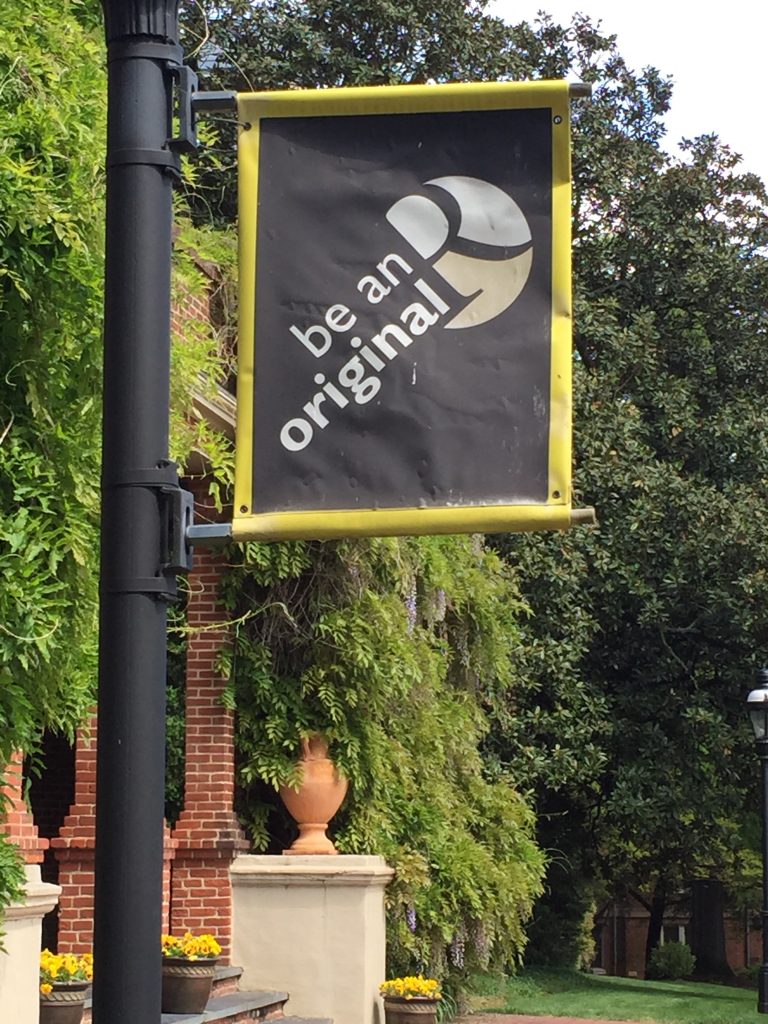Families may start applying for financial aid through FAFSA (Free Application for Federal Student Aid) beginning October 1 and will be able to submit an earlier tax return for consideration. This opening date well aligns the financial aid process with the college application process
There are more and more students who apply during early application deadlines. For example, Georgia Tech’s Early Action application deadline is October 15 and numerous other colleges, such as MIT, The Ohio State University and Purdue have Early Action Deadlines of November 1. Since the FAFSA application is open sooner, it means that when colleges release their decisions in mid-December/January, they may also have enough financial information to make a preliminary decision about any financial aid awards. This can be a sigh of relief for families who are particularly concerned about the financial support that they may receive in order to make college affordable.

Admittedly, when I first filled out the FAFSA for my oldest son, it felt a bit overwhelming. I was concerned about “all the paperwork” and financial disclosure. Completing the FAFSA was so much easier than I expected. So, if you are completing the FAFSA for the first time, I encourage you to 1) wrap your ahead around the fact that you can get through it, then 2) set aside an hour when you can devote time to completing the FAFSA form.
To feel less daunted by the whole financial aid process, you may follow these 5 tips to save time:
1. Create your FSA ID
Prior to even starting the FAFSA, your teen must create a Federal Student Aid ID. This is simply a username and password to fill out the form and update the information in later years. Keep in mind that the student will have their own FSA ID and the parent will also have their own FSA ID.
Please, please remember to write your usernames and passwords to keep in a safe place. (I even took a photo of mine to keep in my phone.)
2. Start the FAFSA at fafsa.ed.gov
Use your FSA ID to begin applying for financial aid through FAFSA. The FAFSA form has over 100 questions. And no worries, you do not have to fill out the form in one sitting. You can start, stop and return at a later time. Keep in mind though that the information is kept in progress up to 45 days.
3. Add FAFSA deadlines to your calendar
Yes, I’m a big fan of keeping a visible calendar as well as mobile calendar for your teen to stay accountable. Add state and college-specific deadlines to be sure. (The federal deadline is typically in the summer following the academic year so I wouldn’t worry about that one.) Focus on and plan to submit your FAFSA prior to the earliest deadline.
Most financial aid is awarded on a first-come, first-served basis, so apply as early as possible.
4. Gather documents
The student and parent/guardian will need these documents at least to complete the FAFSA:
- Social security numbers
- Alien registration number (if not a US citizen)
- Most recent federal income tax returns, W-2 forms and records of any untaxed income.
- Bank statements
- Investment records
Having these documents handy when you’re completing the FAFSA will save you time and give you more peace of mind, for sure.
5. Use the IRS Data Retrieval tool
To speed up the FAFSA application process, you may transfer your federal tax return information directly into your FAFSA with the IRS Data Retrieval Tool. Within the financial information section, you may click “Link to IRS” to prefill your information. When I tried this first time, none of my information was retrieved. I did, however, receive a notification later from the university where my son would attend stating that my financial aid report would not be finalized until this financial information was verified through the IRS Data Retrieval Tool.
As I completed the FAFSA, there were checks along the way to avoid mistakes and numerous email notices to keep me on track.
I wish you all the best in this process and please post any questions you have.




